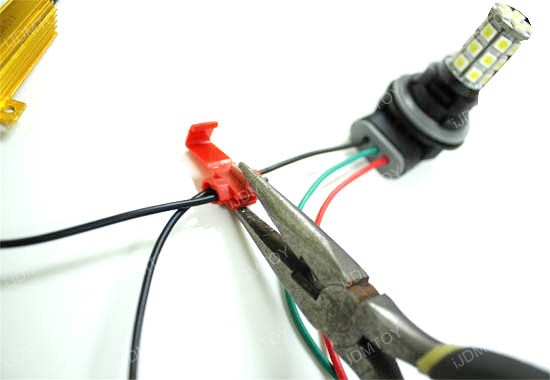There are some useful solutions in this thread, including discussion of the new grey cable.
Installed a hitch and wiring harness on my M3
Installed a hitch and wiring harness on my M3
I didn't post originally, but am using the ZCI Circuit Protected Wiring Harness Kit #119250KIT ZCI Circuit Protected Vehicle Wiring Harness w/ 4-Pole Flat Trailer Connector and Installation Kit T with a small 12v battery in the trunk to power incandescent lights on a boat trailer. Pricey but works perfectly.
Battery fits nicely in the left trunk well, and only put it in when towing. Can post picks once the bikes are off the rack of that's helpful.





